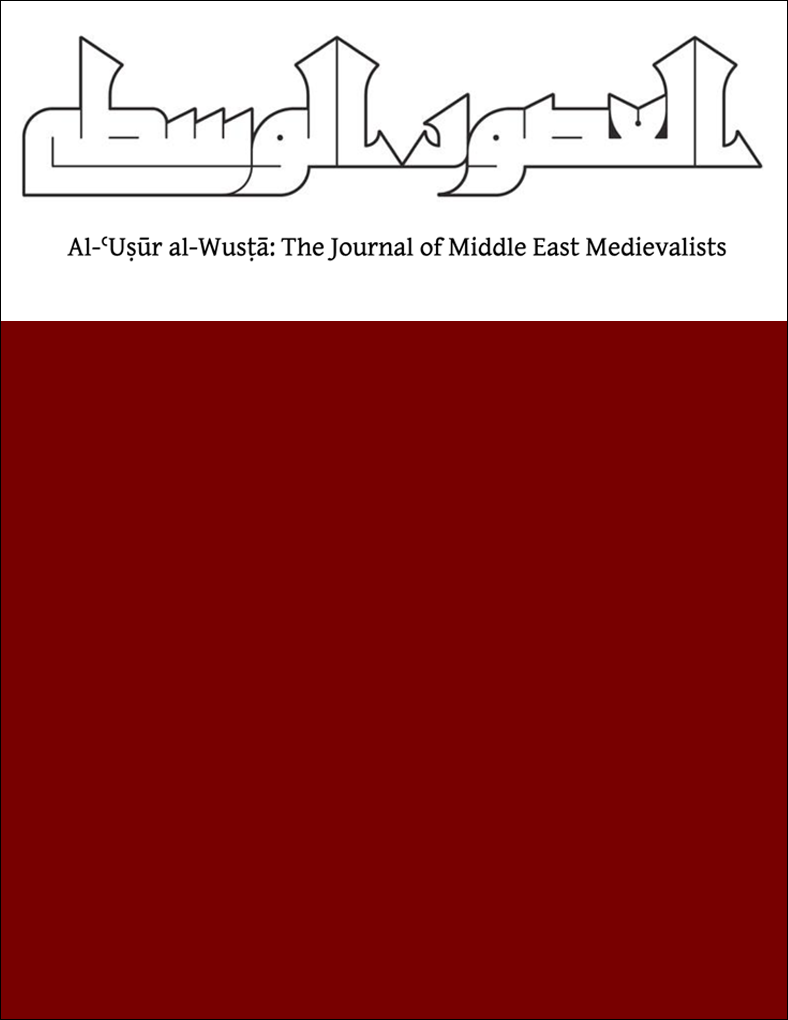Abstract
This article is concerned with the representation of al-ʿAbbās b. al-Walīd’s involvement in the Muhallabid revolt (102/720) and the third fitna (126–36/744–54) across Arabic-Islamic and Christian sources. The contribution makes a case for the study of “minor figures” as a means to contend with the eulogizing and historiographical re-imagining of the Marwānid past by later ʿAbbāsid compilers. It sheds light on the status of concubine-born sons of Marwānid caliphs, who were unable to become caliph until precisely this period and the generational shift that occurred in the 120s/740s. Al-ʿAbbās appears in Arabic-Islamic sources as foreshadowing the impending fitna, warning of its consequences and attempting to dissuade his brother, Yazīd b. al-Walīd (d. 126/744), from revolting against the caliph al-Walīd b. Yazīd (d. 126/744). Eventually “captured” by his brother Yazīd b. al-Walīd’s supporters, al-ʿAbbās’ bayʿa (oath of allegiance) turns the tide in Yazīd’s favor. In contrast, late antique Christian sources in Arabic, Armenian, Greek, and Syriac see him as instrumental in the fall of al-Walīd b. Yazīd, wanting the caliphate for himself and betraying his cousin. The following analysis will demonstrate how Christian sources employed figures internal to their own traditions to understand and explain caliphal history. The overlapping but competing historiographies of al-ʿAbbās shed light on the source material and agendas of Arabic-Islamic and Christian late antique sources. This study also helps to disentangle some of the conflicting elements of the fitna narrative, while underlining the polycentric nature of Marwānid rule and how members of the imperial elite were legitimized and exerted authority.

This work is licensed under a Creative Commons Attribution-NonCommercial-NoDerivatives 4.0 International License.
Copyright (c) 2022 Leone Pecorini Goodall

